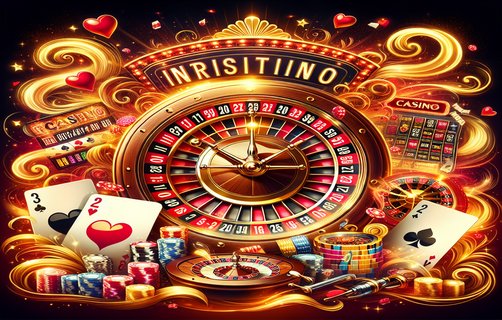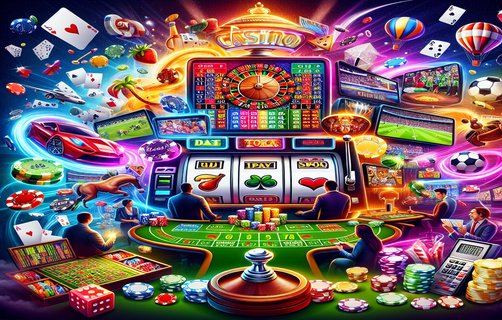The Intricacies of Blackjack: Strategies, Side Bets, and Player Psychology
Blackjack is not just a card game; it's a strategic battlefield where skill, psychology, and luck intertwine. For a successful player, mastering blackjack goes beyond simply knowing when to hit or stand. It involves a deep understanding of game mechanics, effective bankroll management, and often, a keen insight into the behaviors of other players at the table. This article will delve into the intricate layers of blackjack, with a special focus on side bets, real money gambling perspectives, and effective strategies tailored to differing player dynamics.
One of the most appealing aspects of blackjack is the range of side bets available. These side bets can drastically alter the dynamics of a game and offer players chances of higher payouts. Popular side bets include the Perfect Pairs, which pays out if the first two cards are a pair, and 21+3, which combines the player's cards with the dealer's upcard to create a poker hand. While these bets can bring excitement and amplified financial returns, they often come with a higher house edge. Understanding the odds behind these bets is critical for successful players, as striking a balance between risk and reward is essential for long-term profitability.

In today's digital age, real money gambling has taken on new forms. Online casinos have become a hotbed for blackjack enthusiasts, offering various tables with different stakes, rules, and gameplay animations that enhance the gaming experience. The allure of playing from home, combined with the accessibility of casino forums, gives players a new pathway to share strategies and discuss theoretical aspects of the game. Engaging in these forums not only aids in collecting valuable insights but also helps players refine their understanding of the game, allowing them to devise effective strategies tailored to their unique preferences and playstyles.
Game animations and software advancements have also transformed how players perceive blackjack. High-definition graphics and interactive gameplay have made the experience more immersive and engaging. This evolution forces players to adapt, not just to the rules of the game, but also to the psychological aspects of play. Observing opponents' behaviors and responses to outcomes becomes a critical facet of strategy development, necessitating keen attention to non-verbal cues and betting patterns.
For seasoned players, employing a hit-and-run strategy can prove beneficial, allowing them to capitalize on favorable conditions and minimize losses when the odds shift. This involves sitting at a table, playing for a limited timeframe, and exiting once a profit is achieved. This strategy helps to mitigate longer-term risks and aligns with a disciplined approach to bankroll management; understanding when to leave the table is just as critical as knowing how to play the hands.
Additionally, understanding three-bet ranges and playing against loose players is vital for those who want to refine their gameplay further. This insight is not commonly emphasized in blackjack, but understanding the mindset of loose players can offer substantial advantages. These players tend to take more risks, increasing the volatility and unpredictability of the game. A savvy player can exploit this by carefully adjusting their strategies based on their opponents' betting patterns, increasing the likelihood of turning the tables to their favor.

In conclusion, blackjack is a complex, engaging casino game that offers more than mere chance. For the successful player, embracing both the strategies and psychological aspects of the game can create a rewarding and profitable experience. By delving into side bets, real money gambling dynamics, engaging with community forums, and employing various betting strategies, players can truly elevate their game and achieve a level of success at the blackjack table that is both gratifying and financially rewarding.
